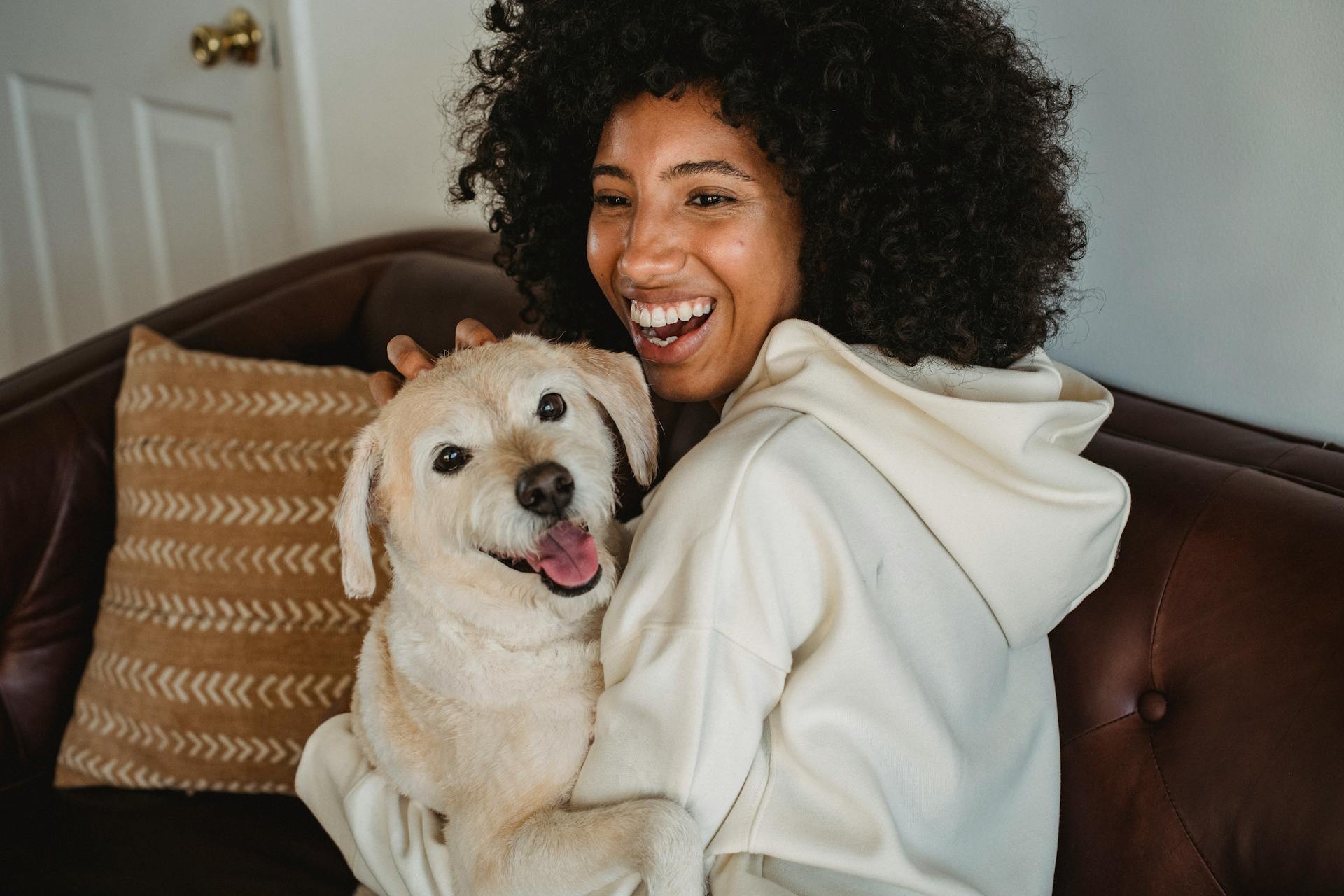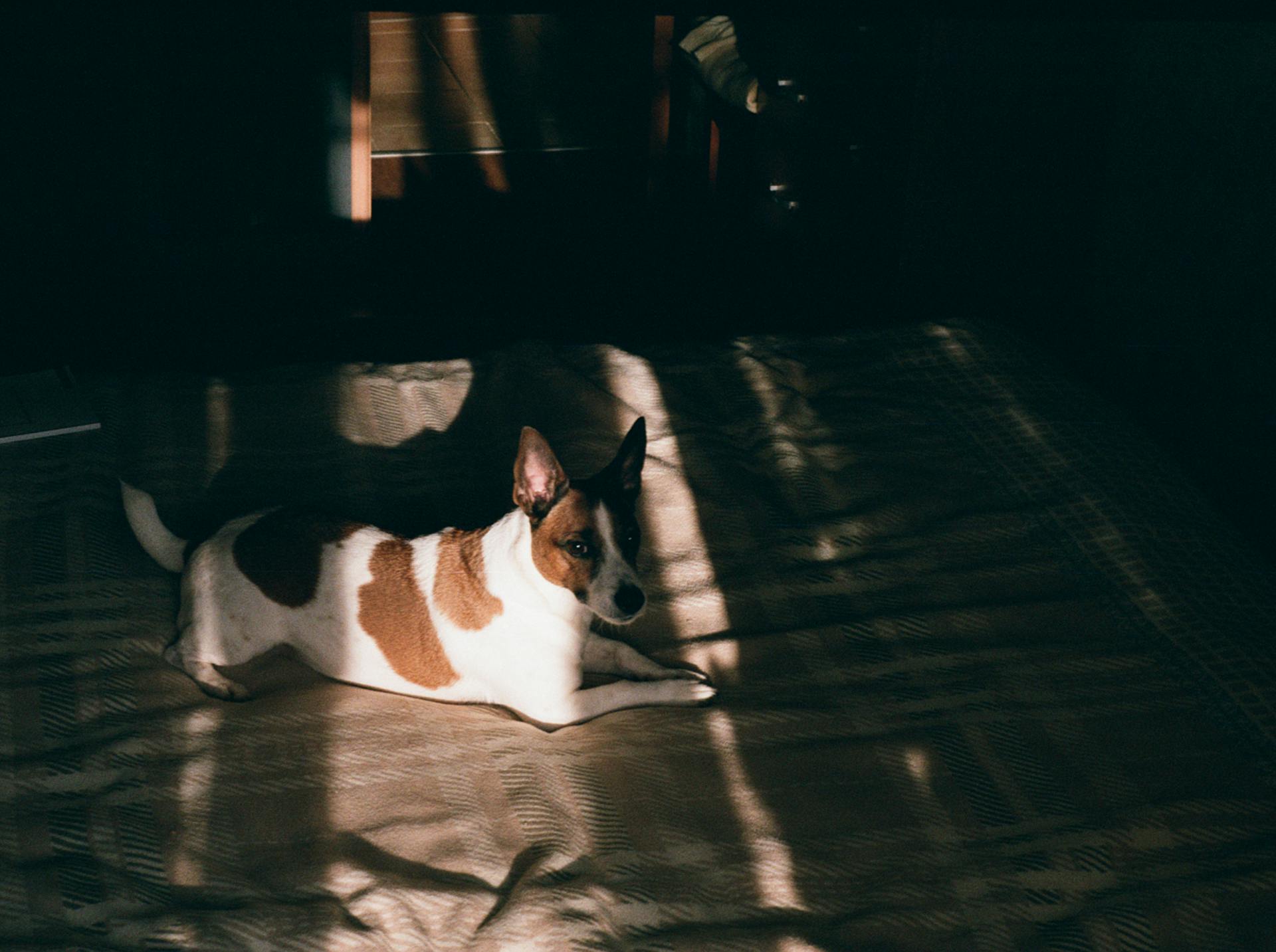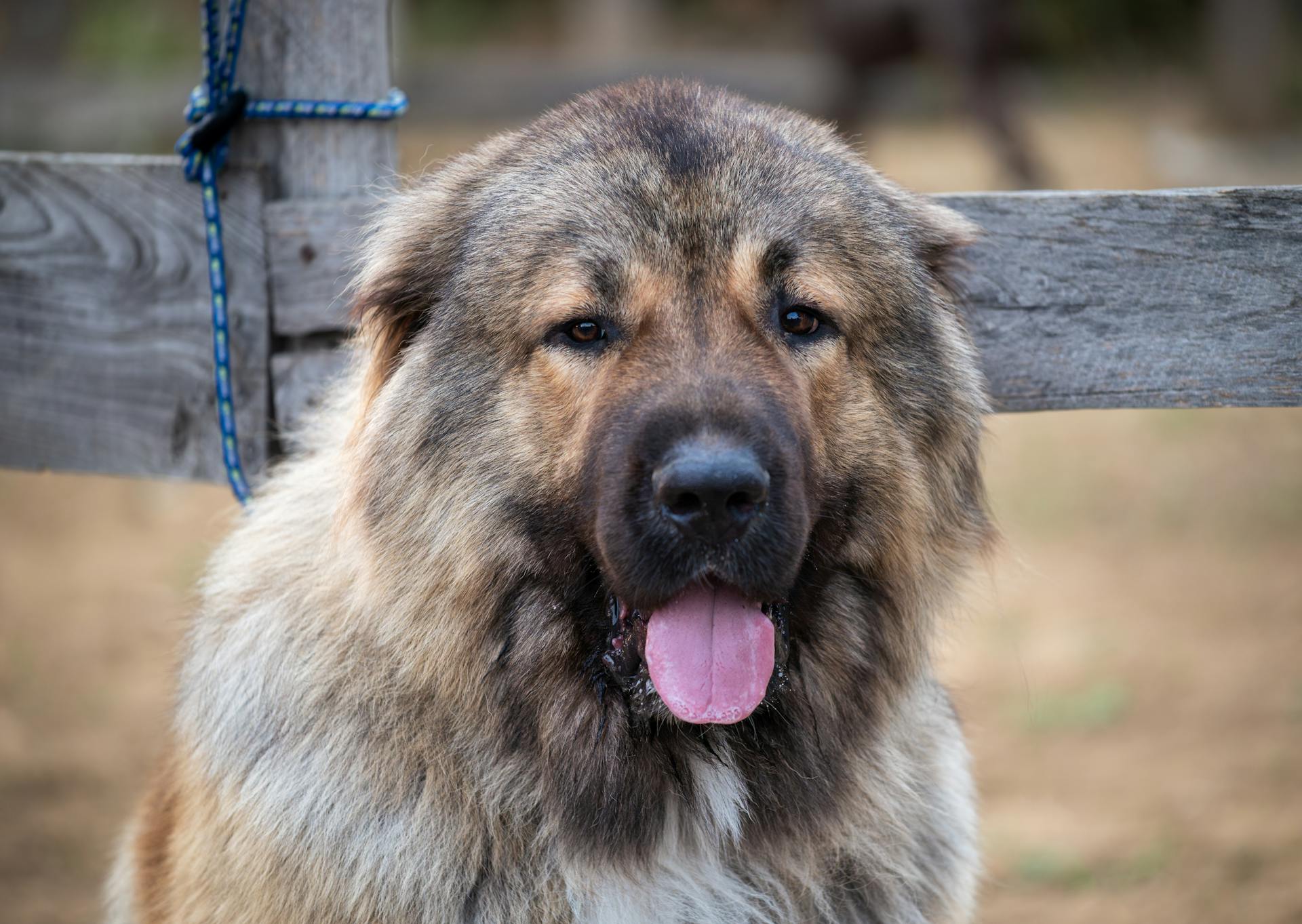
African village dogs are incredibly diverse, with over 600 distinct breeds found across the continent. These dogs have evolved to thrive in a wide range of environments, from the scorching deserts of North Africa to the lush rainforests of central Africa.
One of the most striking features of African village dogs is their incredible adaptability. They can survive on minimal food and water, and are often found scavenging for scraps in rural areas.
In some parts of Africa, African village dogs are revered as sacred animals, believed to possess spiritual powers. The Basenji, a breed found in central Africa, is known for its unique yodeling howl, which is said to be a sign of good luck.
From small hunting dogs to large livestock guardians, African village dogs come in all shapes and sizes.
Breed Variations
African village dogs come in a wide range of shapes and sizes. There are over 15 different types of African village dogs, each with their own unique characteristics.
The Avuvi, for example, is a pariah-type village dog from Ghana, while the Baganda Dog is a Lurcher-like large game hunting dog from Uganda. The Bagirmi Dog, on the other hand, is a large dog with piebald colour from Chad.
Some African village dogs are specifically bred for their hunting abilities, such as the East African Dog from Kenya, which is large in size. Others are more suited to city life, like the Hahoawu, a medium-sized watch dog from Togo.
Here are some of the different types of African village dogs:
- Avuvi: a pariah-type village dog from Ghana
- Baganda Dog: a Lurcher-like large game hunting dog from Uganda
- Bagirmi Dog: a large dog with piebald colour from Chad
- Cameroon Dog: a hunting dog from West Africa, of medium size and primitive type
- East African Dog: a hunting dog from Kenya, large in size
- Hahoawu: a "clean" medium-sized watch dog from Togo
- Liberian Dog (a.k.a. Liberian Terrier): a terrier-like dog from West Africa
- Madagascar Hunting Dog: a hunting dog from Madagascar
- Manboutou Dog: a local variant of the Nyam Nyam kept by the Mangbetu tribe
- Nyam Nyam (a.k.a. Zande Dog): a small hunting dog from Central Africa
- Nkita (a.k.a. Kare, Ekuke): a slim, mixed Nigerian breed of dog
- Simaku: a ratter from South Africa, also used for cleaning yards
- Sudan Greyhound: an extinct hare-hunting dog from Sudan
- West African Mouse Dog: an extinct small ratter
- Zulu Dog: a small guard and hunting dog with a square muzzle
Each of these breeds has its own unique characteristics, and some are more suited to specific tasks or environments than others.
Genetics and Diversity
African village dogs are genetically distinct from non-native breeds and mixed-breed dogs, thanks to their unique history and breeding practices.
These dogs are a mosaic of indigenous dogs and non-native mixed-breed dogs, reflecting the complex history of dog domestication in Africa.
A fresh viewpoint: Biggest Mixed Breed Dogs
The genetic diversity of African village dogs is due in part to the lack of strict breeding, which has allowed their gene pool to remain broad and varied.
In fact, studies have shown that African village dogs are about as closely related to the modern domestic dog as they are to the gray wolf.
This diversity is also reflected in the physical characteristics of African village dogs, which can vary significantly from one region to another.
The Basenji, a dog originating in the Congo Basin, is a notable exception to this diversity, as it has many unique traits that set it apart from other breeds.
Genetic studies have confirmed that the domestic dog originated in Eurasia, with a common ancestor dating back 15,000 to 40,000 years.
The Pharaoh Hound and Rhodesian Ridgeback, breeds often associated with Africa, have actually been found to have roots outside of the continent.
See what others are reading: Domestic Dingo Dog
Domestication and History
The domestication of African village dogs is a fascinating story. Some studies suggest that domestication began in the Middle East, supported by a genetic signature shared by Middle Eastern gray wolves and African village dogs.
African village dogs were likely domesticated before East Asian wolves, and they quickly became the close companion of people in Africa, starting in North Africa and spreading south. This is because wolves are not native to sub-Saharan Africa.
The exact origin of domestication is still debated, with some research pointing to a region south of the Yangtze River as the pinpointed location. However, the study's lead author, Adam Boyko, would like to see more genetic evidence to support this theory.
See what others are reading: South American Dogs
Domestication Theory
The domestication theory of dogs is a complex and debated topic among scientists.
Some researchers believe that domestication began in the Middle East, supported by a study that found a genetic signature shared by African village dogs and Middle Eastern gray wolves.
The study, led by Adam Boyko, suggests that village dogs in Africa are the modern-day dogs most similar to those that existed before breed creation.
African village dogs became the close companions of people in Africa, starting in North Africa and spreading south.
Robert Wayne, a professor at University of California, Los Angeles, thinks it's unlikely that dogs originated in sub-Saharan Africa, as wolves are not native to that area.
North Africa is considered a possible origin for domestication.
While some scientists, like Boyko and Carlos Bustamante, don't rule out East Asia as a possible origin, they think it's not strongly supported by evidence.
They suggest that domestication may have begun somewhere else in Eurasia, or even between Africa and East Asia, such as the Caucasus Mountains.
A later study by Peter Savolainen suggested that the domestication origin of dogs is a region south of the Yangtze River.
However, this theory is not universally accepted, and more genetic evidence is needed to confirm it.
13 Dog Breeds
Domestication and History has led to the development of many amazing dog breeds. One of the earliest dog breeds is the Saluki, which originated in the Middle East over 4,000 years ago.
The Saluki's ancient origins are a testament to the long history of human-canine relationships. This breed was highly valued for its speed and agility, making it a popular companion for nomadic tribes.
The Greyhound, another ancient breed, was also highly prized for its speed and was often used for hunting small game. They were bred to be fast, not strong, which is reflected in their slender build.
The Greyhound's speed was likely influenced by their early use as hunting companions. This breed's history dates back over 2,000 years, with evidence of their existence found in ancient Egyptian art.
The Poodle, a breed known for its intelligence and trainability, originated in Germany over 400 years ago. They were initially bred as water retrievers and were highly valued for their ability to retrieve game from water.
The Poodle's intelligence and trainability made them a popular choice as circus performers and performers in the entertainment industry.
Expand your knowledge: Galgo Espanol Temperament
Dog Characteristics
African village dogs are highly adaptable to their environment. They can thrive in a variety of settings, from savannas to forests.
These dogs are known to be omnivores, eating a wide range of foods including fruits, vegetables, and small animals. They're also skilled scavengers, able to survive on scraps and leftovers.
In terms of size, African village dogs are generally small to medium in size, weighing between 20-40 pounds.
Related reading: Service Dog Vest for Small Dogs
Rhodesian Ridgeback
The Rhodesian Ridgeback is a breed that originated in southern Africa, specifically in Rhodesia, which is now modern-day Zimbabwe. They are named for the distinctive ridge of fur growing backwards along their back.
These hounds were originally bred to track and defend against lions, which is why they are also known as the African Lion Hound. Their ancestors were a mix of native Khoikhoi dogs and European breeds brought over by Dutch colonists.
The addition of Khoikhoi bloodline gave them protection against native pests like the tsetse fly and the ability to navigate Africa's terrain and conditions. Their versatility was further enhanced by crossing with ridged Greyhound-type dogs.
In the late 19th century, Rhodesian big-game hunter Cornelius van Rooyen crossed his lion dogs with ridged Greyhound-type dogs, resulting in offspring that were skilled in many tasks beyond confronting lions. They could defend against predators, hunt fleet-footed game, and guard the home from intruders.
The first Rhodesian Ridgeback standard was written in 1922, when big-game hunting was on the decline and the breed faced extinction. Luckily, several dogs made their way to the U.S. in the 1930s, leading the way for the breed's revival and formal recognition by the AKC in 1955.
Today, Rhodesian Ridgebacks are loyal pets, but because of their origins, they tend to need training and socialization.
Behavior
The African village dog's behavior is shaped by its unique environment. Due to the effects of geography, gene flow barriers, and the presence of non-indigenous dogs in some packs, the African village dog has a complex social structure.
They're highly adaptable, which allows them to thrive in a variety of settings. In some packs, the presence of non-indigenous dogs can lead to interesting dynamics.
Their social structure is influenced by geography, which affects how they interact with each other. Gene flow barriers also play a role in shaping their behavior.
Overall, the African village dog's behavior is a fascinating reflection of its complex history and environment.
Featured Images: pexels.com


